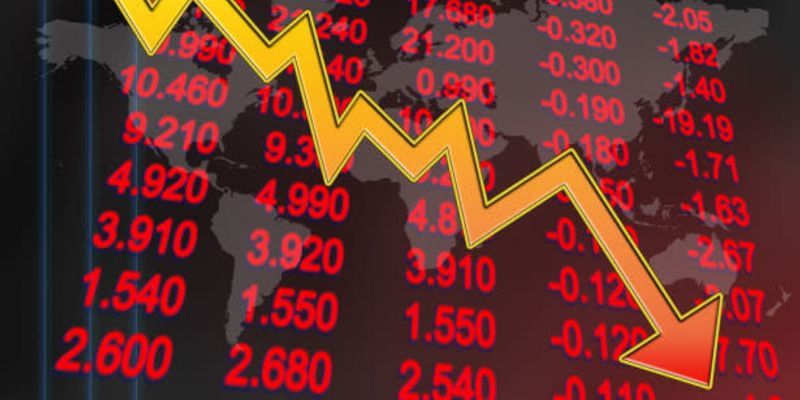
Just last week, the Indian stock market was scaling new heights, leaving investors basking in the sunshine of record-breaking gains. But then, seemingly out of the blue, came a sharp correction – a sudden and significant drop in prices. So, what caused this market roller coaster, leaving many wondering if the bull run had finally run out of steam? Buckle up, because we’re about to unpack the factors behind this recent market plunge.
Data Deluge: Decoding the Downturn
Market corrections are a natural part of the investment cycle, but the timing of this one can leave some scratching their heads. Here are some key factors likely contributing to the recent market dip:
- Profit-Taking Party: After a significant upward climb, some investors might have decided to “cash in” on their gains, leading to a sell-off and a temporary dip in prices. Think of it as investors taking some chips off the table after a winning streak.
- Global Jitters: Stock markets worldwide have been experiencing some volatility recently. Concerns about rising interest rates in the US and a potential global economic slowdown could be dampening investor sentiment in India as well. International events, much like dominoes, can have a ripple effect on interconnected markets.
- Geopolitical Concerns: Geopolitical tensions can create uncertainty in the market. Any escalation in ongoing conflicts could further impact investor confidence.
- Profit Booking Spree: The recent rise in COVID-19 cases, particularly the new sub-variant, might have spooked some investors, leading them to book profits and move their money to safer havens.
Remember: While these factors likely played a role, the market is a complex beast, and pinpointing the exact cause of a correction can be challenging.
Navigating the Market Maze: A Word to the Wise Investor
Market corrections, while nerve-wracking, can be healthy for the long-term stability of the market. Here are some tips to navigate these volatile periods:
- Stay Invested for the Long Haul: Don’t panic-sell based on short-term fluctuations. Long-term investors who stay invested through market ups and downs are more likely to weather the storm and achieve their financial goals.
- Diversify Your Portfolio: Don’t put all your eggs in one basket. Spread your investments across different asset classes to mitigate risk.
- Invest with a Plan: Have a clear investment strategy aligned with your risk tolerance and financial goals. Don’t chase trends or get caught up in the herd mentality.
The Bottom Line: Patience is Key
The recent market correction serves as a reminder that the stock market is not a one-way street. While the short-term outlook might be uncertain, the Indian economy has strong fundamentals for long-term growth. So, stay informed, invest wisely, and remember – patience is a virtue, especially in the ever-dynamic world of trading.
Edited by Rahul Bansal






![Read more about the article [Jobs Roundup] These openings may help you land a role at fintech startup OkCredit](https://blog.digitalsevaa.com/wp-content/uploads/2021/05/Image5q47-1608119814252-300x150.jpg)



